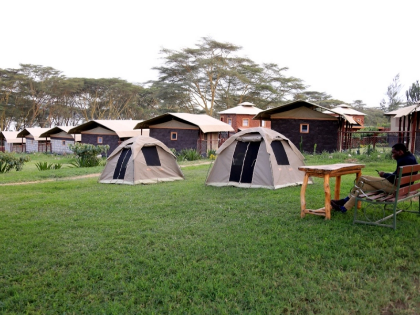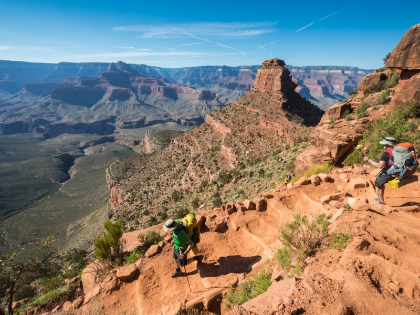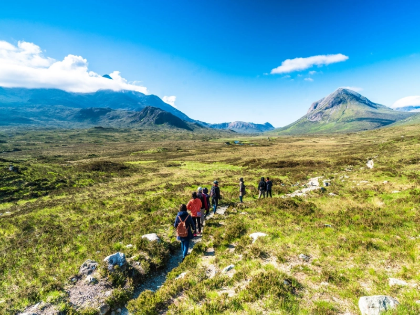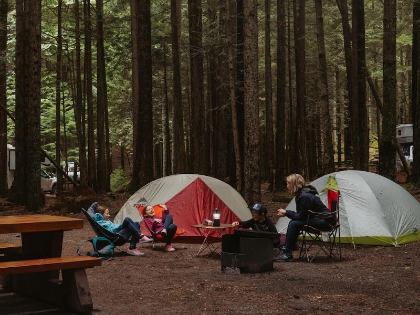Does Hiking Help Or Hurt Knees?
Strengthening tendons and ligaments and developing leg muscles are two of the great benefits of hiking. It also lessens the risk of broken bones and calcium loss.
While most regular exercises only work in one direction, hiking requires movement in all planes. The core and other stabilizing muscles are worked as you sidestep around a fallen branch or duck to avoid a puppy surprise.
Developing stronger leg muscles
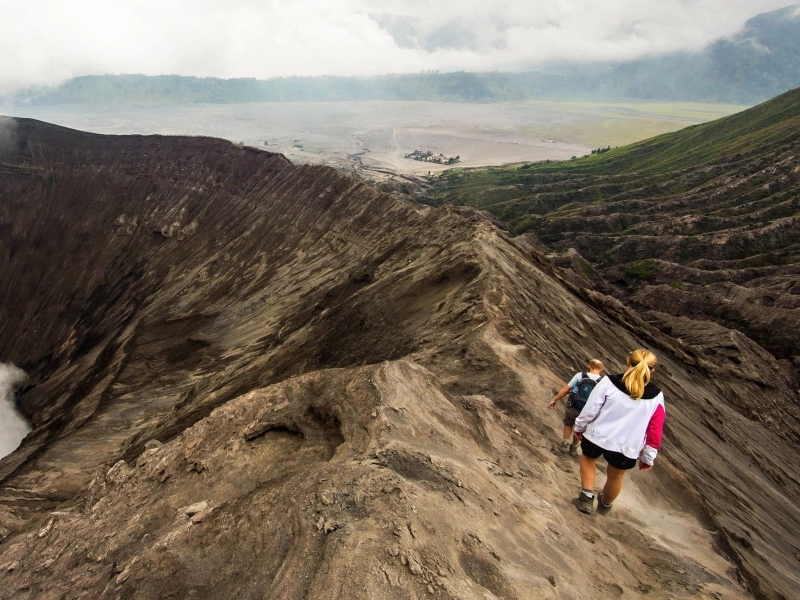
You can increase your overall fitness and develop your leg muscles by hiking. It might also be a beneficial addition to weight-training. You can reap the benefits of both exercises by combining them into your regimen.
Hiking involves using the quadriceps (front of the thighs), hamstrings, gluteus maximus, and calf muscles, among other leg muscles. Walking up hills and down valleys can be especially taxing on your legs. Your quadriceps are needed to straighten your knee joint when you ascend a hill, and your hamstrings and gluteus maximus are needed to slow down your descent.
Even though hiking is a fantastic way to strengthen your muscles, it's still necessary to stretch correctly before and after. To increase flexibility and lower your chance of injury, use dynamic stretches like jumping jacks, high knees, and warm-up jogs before your workout instead of static ones. Moreover, make sure you consume adequate protein to support the growth of your muscles.
Maintaining knee alignment
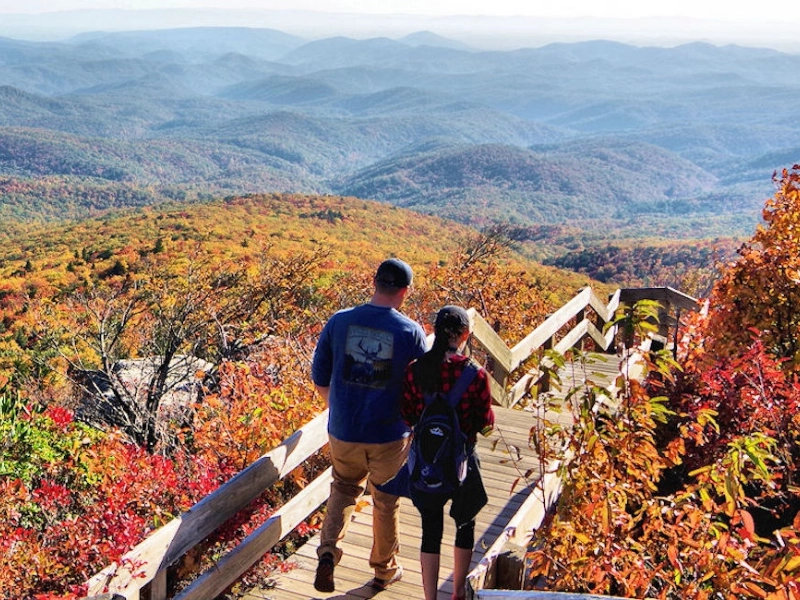
The knees take a lot of strain and load when trekking. Inattention to detail can result in harm and suffering. You should concentrate on taking smaller steps and maintaining knee alignment. Pacing oneself and taking breaks are also crucial. When necessary, take a break from hiking and don't rush to catch up with other hikers.
Eating a healthy diet can also aid in reducing knee inflammation. Make an effort to consume anti-inflammatory foods like almonds, fatty fish, fruits, and vegetables. Using trekking poles is also a smart option for extra support and stability.
Hiking can cause knee pain, so it's important to get help right away. Knee injuries may require a lengthy recuperation period and can be excruciating and incapacitating. "An ounce of prevention is worth a pound of cure," as Benjamin Franklin once stated. It's crucial to strengthen and stabilize the knees with stretches and mobility training to avoid knee issues during hiking.
Maintaining a constant gait

Maintaining a steady stride is essential for minimizing knee pain when hiking. This keeps your legs from straining excessively and will help you avoid tripping over uneven ground. Conserving energy also helps ensure that you have enough for the return trip.
Novice hikers frequently move quickly and take lengthy strides, which might strain their leg muscles excessively. Beginners should maintain a short, natural stride in order to prevent this. They will be able to move farther with the same amount of effort and have a more balanced gait as a result.
Beginners should consume items that can aid in healing and reduce inflammation, in addition to stretching. For instance, dried pineapple is a great source of bromelain, a natural anti-inflammatory that has the potential to hasten the recovery of knee injuries. In order to avoid dehydration, it is also advised that you stop frequently to rehydrate during your hike.
Taking rest periods

It may sound paradoxical, but taking breaks is crucial to the health of your knees. It gives the muscles a chance to relax and mend the microscopic microtears that trekking causes in the knee's muscular structures. This aids in preventing further knee injuries as well.
Hiking-related injuries can be excruciatingly painful and frequently necessitate medical attention. Inadequate equipment or excessive use may be the cause of these injuries. If you get knee pain when hiking, apply ice, take some ibuprofen, and take some time to relax. Speaking with a physical therapist about how to properly maintain and strengthen the knees is also a good idea.
Leaning too far back on descents can also be a source of knee pain because it places a lot of strain and force on the knees. Reducing your speed when going downhill can help you maintain control and lessen the impact on your knees. Another strategy to lower your risk of injury is to do weight-training activities to strengthen the leg muscles that support your knees.
